COVID-19 Food & Travel Report 2021
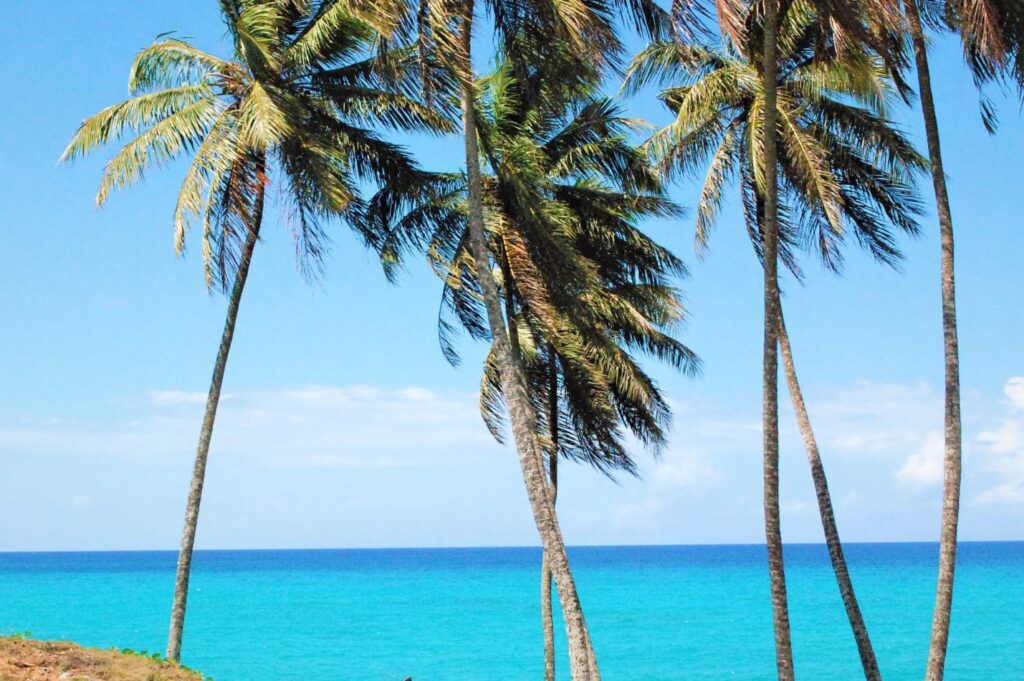
Travel is something that I think, prior to COVID-19, was largely taken for granted. Personally, I have always wanted to travel far more than I ever actually have. I often found comfort in the idea that I could at the drop of a hat drain my bank account and hop on a flight to anywhere at any time, to run away, get away and experience something new.
The rise of COVID-19 in early 2020 made the option of traveling anywhere in the world inadvisable if not downright impossible with borders closing, restrictions ever-increasing, and dangers of infection mounting. Like many people who suffer from wanderlust, this had me rethinking my life choices up to this point and I resolved to find ways to travel more often, write about it and not take the travel opportunities that present themselves for granted.
My partner is Dominican and much of her family still live in the Dominican Republic, so when the opportunity came for us to visit, I jumped at it, although it wasn’t quite so simple as buying a ticket and heading south. This trip was originally scheduled for Thanksgiving 2020, then Christmas, then winter break and now, finally June 2021.
COVID surges, lockdowns, restrictions and just overall bad timing had this trip canceled and re-booked a half dozen times in the past six months but I think right now is a really interesting time in the saga of COVID to be having this all actually come together. We are in a privileged moment right now in that Americans (who chose to be) are fully vaccinated and able to resume some travel to countries that are heavily dependent on tourism, like Dominican Republic, while those host countries are still ravaged by not only COVID surges and lack of vaccines but also have economies that have been devastated by a lack of tourism the past year. The questions that come to my mind are now that we can travel, what can we expect? Are these exotic paradise destinations ready to receive the new influx of tourists they desperately need? Can Americans truly safely resume travel and expect to have a positive experience abroad? I intended to find out.
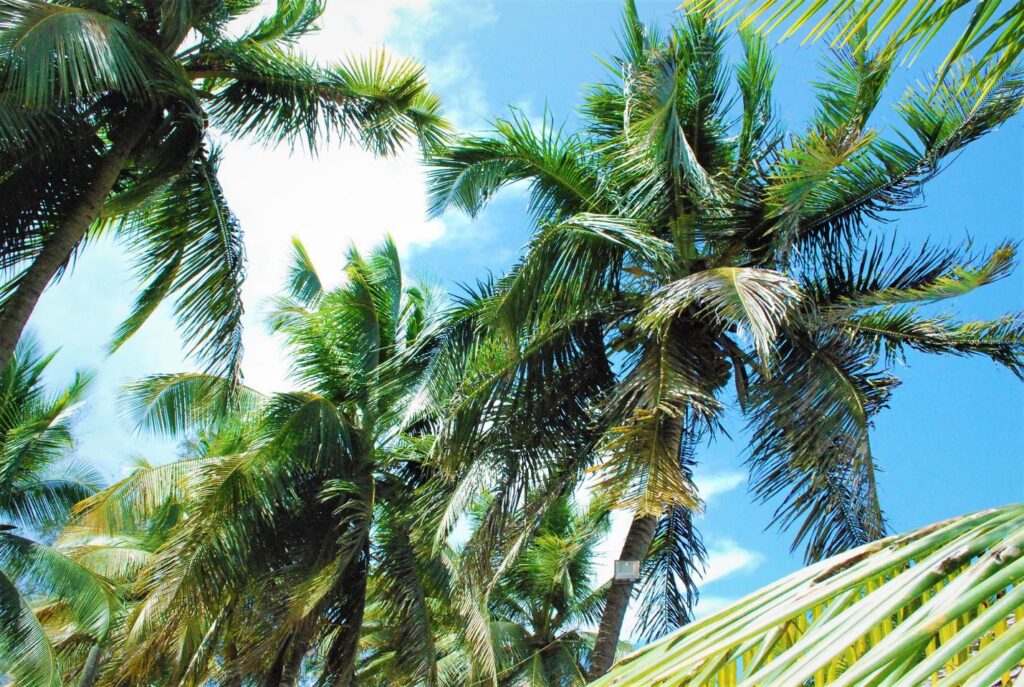
Part 1: Night falls quickly in the tropics
While in the process of getting this adventure off the ground we hit a few last-minute snags that nearly derailed our travel plans yet again, chief among them the increased surge of COVID cases in the DR as well as the rapidly changing national curfew which was originally 9 pm, then extended to 8 pm and just days before our departure was moved to 6 pm Monday through Friday and 3 pm on the weekend. This mandatory curfew essentially halts all business, restaurants, tourist attractions, and social events firmly just as night falls, although it would likely have little effect on any one of the island’s many all-inclusive resorts, it has a dramatic effect on everything else.
So, for better or worse, we set off from Rochester, via Newark, NJ on an overbooked flight to Santo Domingo. The flight was unquestionably filled with Dominicans either heading home or traveling to see family (likely for the first time in a long time). It was a loud and crowded flight and my seat happened to be just above the jet engine which for the duration of the flight gave me one of the worst migraines of my life. Luckily the woman sitting next to me, a complete stranger, took notice and offered me a Tylenol and a piece of homemade cornbread while I misguidedly drank airplane coffee in an attempt to dull the pain. This simple act of random generosity and friendly interest in a complete stranger’s well-being was a theme that would become common on this trip and come to define Dominican culture in my mind.
We touched down late in the afternoon and just as the tires hit the tarmac, the entire cabin erupted in applause, which I am told is a very common occurrence, but nevertheless was a novelty to me. We disembarked and were greeted by two customs and immigration officials wearing black suits holding a sign with our names. Thanks to some inside family political connections and my apparent status as an “international journalist” we were whisked past the long customs line to a private VIP waiting room where our passports were briefly inspected and then we were escorted past security to our waiting transportation. Now, this might not be the most typical entrance into a foreign country, but it is how I ended up in the DR.
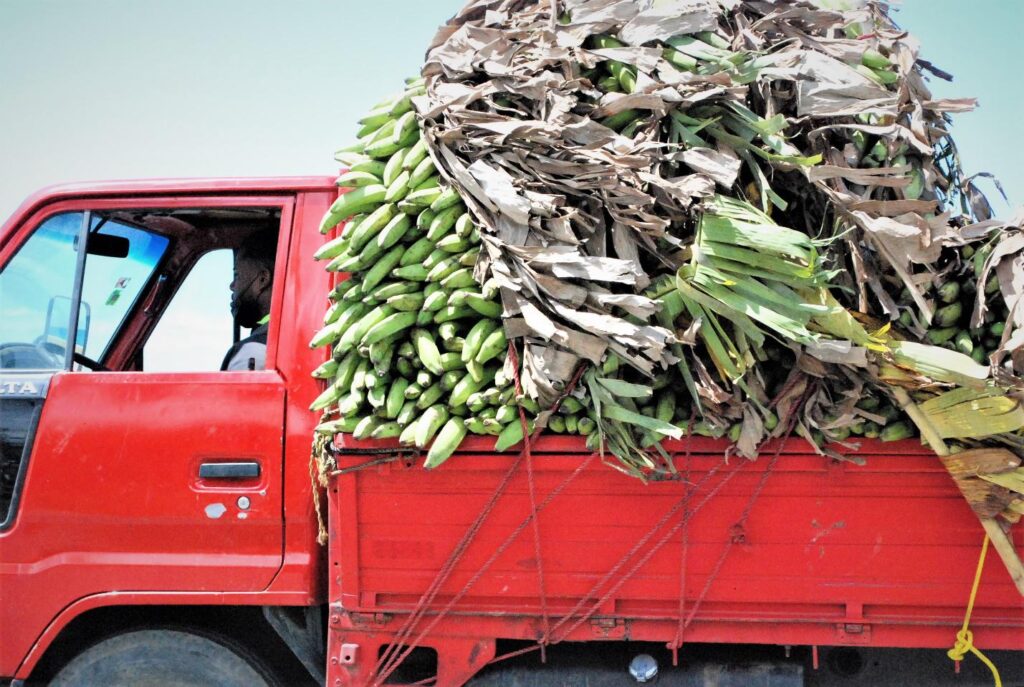
Part 2: Santo Domingo
The first thing you notice about Santo Domingo, aside from all the signs being in Spanish, is how big it is. Santo Domingo is a huge urban sprawl consisting of the very rich living right up alongside the very poor. Peppered with paved streets, dirt roads, million-dollar hotels, condos and simple tin-roof dwellings with everything in-between. The buzzing hub of the country and the oldest city in the new world, Santo Domingo is the largest city not only in the country but the largest metropolitan area in the Caribbean with a population of over 2.9 million. You know immediately that you are somewhere else when you see scooters of all shapes and sizes weaving in between Isuzu mini-trucks overloaded with plantains going at break-neck speed down congested highways. There is a large, heavily armed police and security presence throughout the downtown area, every house — rich or poor — is fortified and I have been repeatedly warned about the potential for “snatch and grab” style robberies, which are a part of everyday life in the city.

There is also a noticeable domestic struggle with COVID-19 outbreaks, vaccine hesitancy, availability issues, misinformation and superstition that is having a polarizing effect on the population. Everyone is quietly on edge and you see the occasional sign-holding protestor arguing with passersby, making their particular position clear. The first night I was in town I walked around Parque Mirador del Sur, the long and thin local equivalent to Central Park where promptly at 6pm there was a noticeable police presence that suddenly appeared in small trucks and doubled up on scooters armed with shotguns and M-16 Rifles telling everyone to clear the area and go home for curfew, which the population is still coming to terms with at the new earlier time.
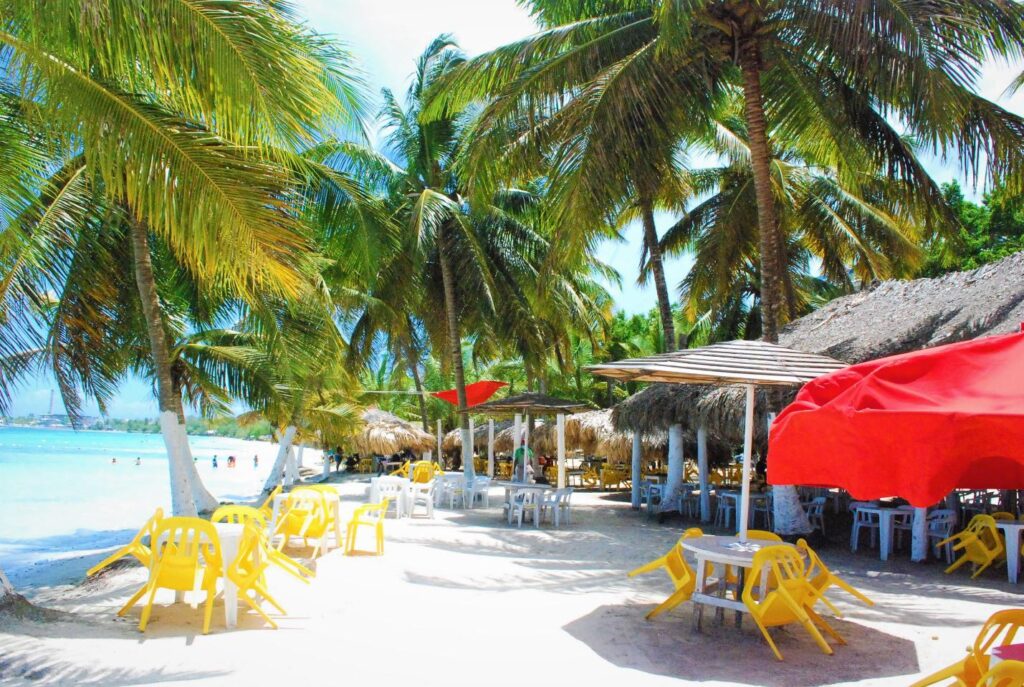
Boca Chica & Fried Fish
Boca Chica and its well-known fried fish stalls were on my radar as something to experience while in Santo Domingo. The beach itself is something of a locals-only destination, a relatively modestly developed area accessible to everyone, it is the city’s public beach. We went on a Saturday that happened to be the first Saturday that the population had to adhere to the strict 3 pm COVID curfew and as a result, the area was relatively empty and I was likely one of the only foreign travelers present as far as I could tell.
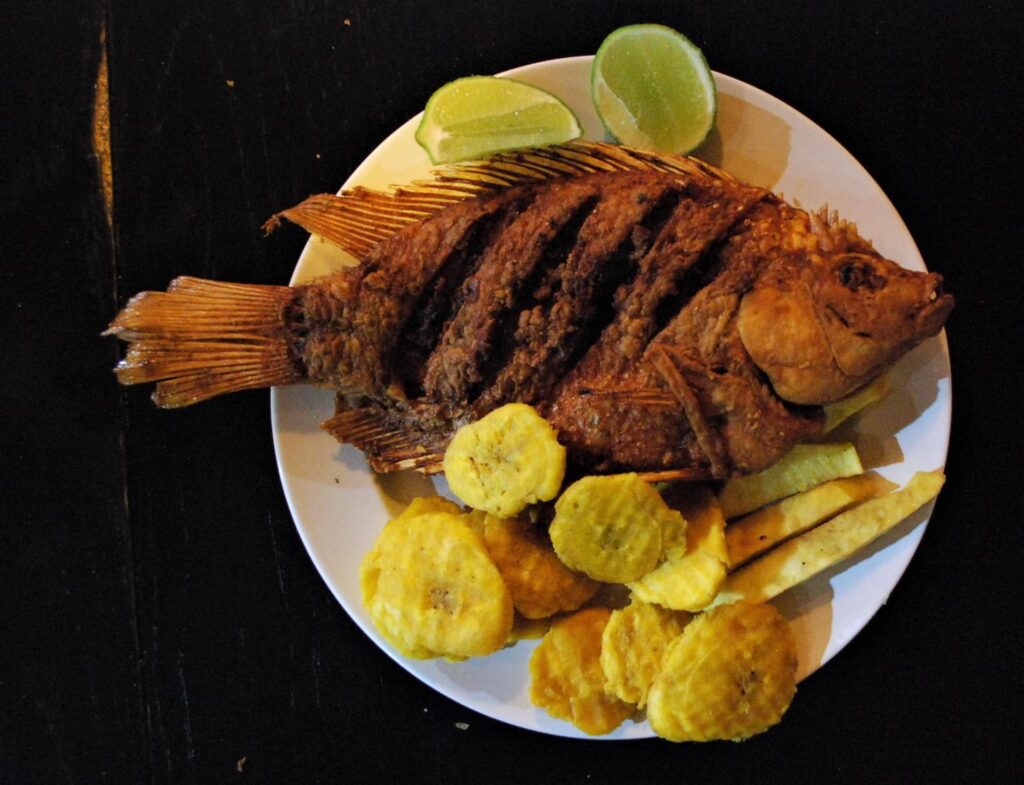
We stopped at the recently constructed La Plaza del Pescado, a kind of bar and pavilion with about a dozen independently operated fresh fish stalls where you can choose the type of fish you would like and then the cook will fry it up for you with optional side dishes, then you can then eat it in all the communal pavilion area in front of the stalls. This was somewhat of a confusing culinary adventure as each stall was identical, suspiciously had the exact same variety of fish, no differentiating signage or visible menu options and all the proprietors were vying for our attention in the nearly empty hall. Ultimately, I selected a stall somewhat at random that had a fresh-looking yellowtail snapper (which I was told was Cola Rubia) and a nice plump Dorado that once fried were served with Yanikeke (Johnny Cakes), Batata Fries, Tostones, Dominican Avocado, fresh lime, and powdered sea salt all cooked by an intimidating woman named Yvelisse. All the preparation was fairly basic but very fresh and well made, and the snapper was of particularly good quality. When it came time to pay the bill however, we were confronted by what would become a re-occurring theme on this trip: the local price vs. the American price. Basically, if a vendor, hawker, purveyor or salesperson of any kind sees an American, the price goes up. What would cost a local RD$75 (appx. $1.30 U.S.) will cost me RD$100 (appx. $1.75 U.S.), regardless of my local guide, across the board.
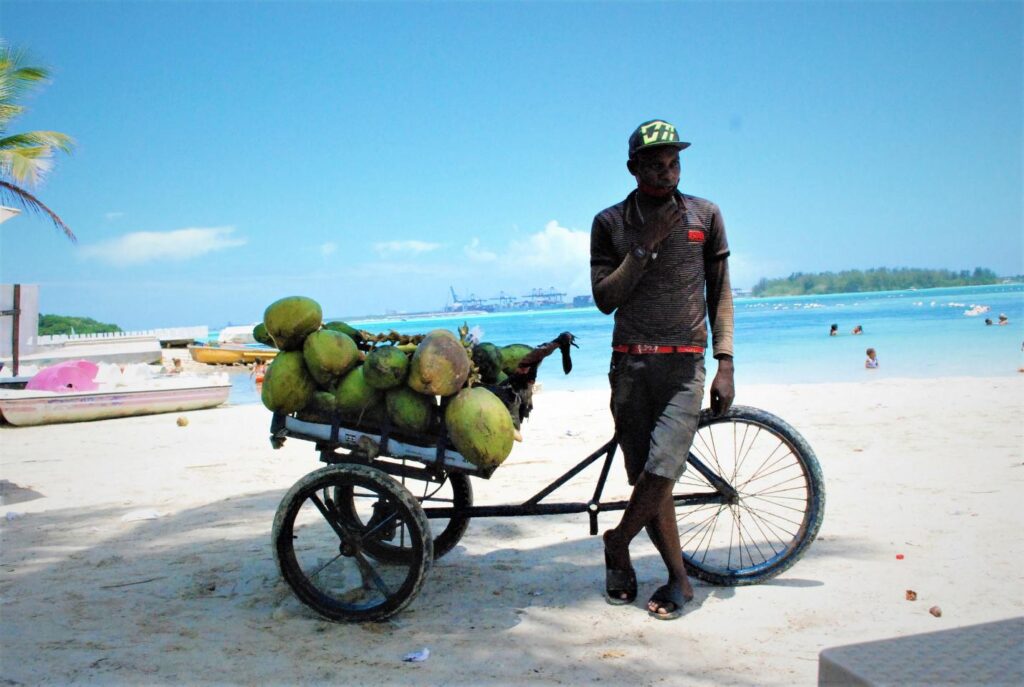
We left the pavilion and headed to the beach where we were greeted, more like bombarded, by random people offering to help us park, sell us items, find us a table to sit at, give impromptu unlicensed massages, you name it, all for a price. We asked one wandering vendor to chop up a fresh coconut for us to drink and when he gave us an exorbitant price my partner/tour guide refused to pay. This caused some drama and attracted a small crowd of onlookers and interlopers until we eventually paid the man to go away and got on with our beach visit. While there were pockets of locals enjoying Boca Chica, much of the area was empty, seats at most of the beachside tables were empty and the neon blue water was only really was being enjoyed by a handful of local children even though it was a picture-perfect day. I was very aware that I was likely the only foreign traveler visiting the area and the amount of negative attention that brought from desperate vendors ultimately had us unfortunately cutting our sunbathing short long before the 3 pm COVID curfew went into effect.

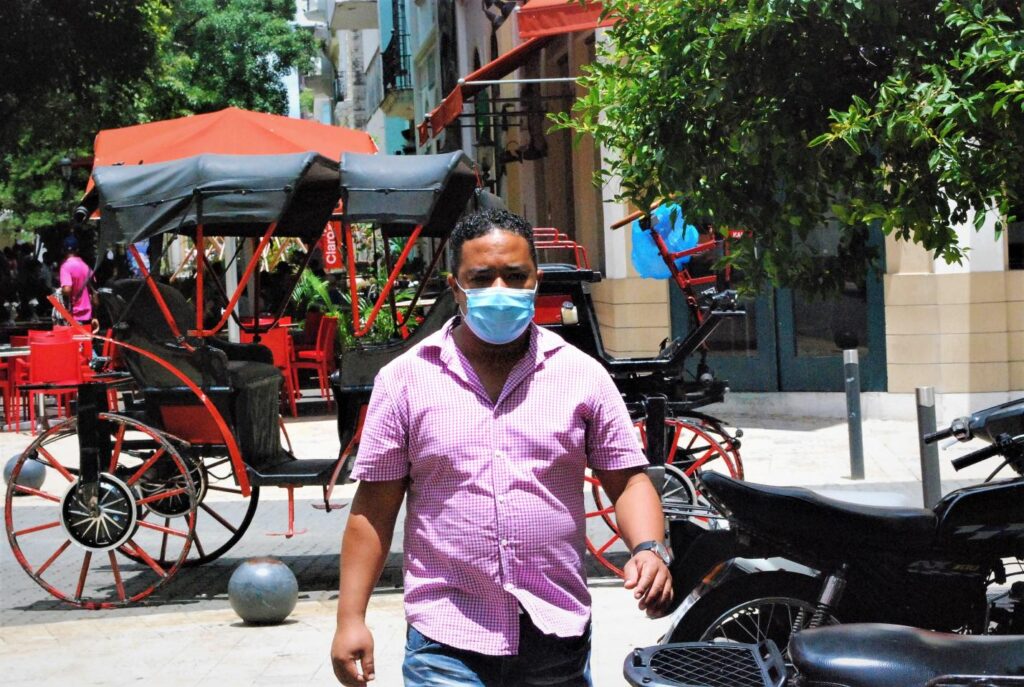
Zona Colonial
“La Zona” is a UNESCO world heritage site in the center of downtown Santo Domingo and typically the city’s largest tourist draw. It is the oldest continuously inhabited settlement in the new world, is home to the beautiful Basilica Cathedral of Santa Maria la Menor, the first cathedral in the Americas, as well as The Columbus Palace, built by the son of Christopher Columbus, Diego. Both structures date back to the early 1500’s and round out this beautiful area of the city. Unlike other parts of the city I visited, La Zona has a very distinctive old-world charm with narrow well-kept cobble streets, shops, cafés, restaurants, and live music. The whole area is filled with museums and historic sights. Unfortunately, they were almost all closed due to COVID-19. Streetside cafés and shops were nearly empty and the most heavily trafficked establishment in the area was one of the historic buildings that had been temporarily re-purposed as a community COVID vaccination site. I found the area utterly charming and would gladly spend days exploring the narrow streets and historic buildings in detail when they are once again fully ready to receive visitors.



Part 3: The Central Highlands – To Grandmother’s House We Go
The central highland region is home to the country’s second-largest city, Santiago, and is a mountainous wonderland of small towns, agricultural production and off-the-beaten path attractions. My host family the Paulino’s are originally from the small town of La Vega, located about halfway between the town of Bonao and the city of Santiago up into the mountains. The main reason we traveled into the region was to visit the family matriarch, Juana Gomez, who is the 93-year-old mother of 8 children and grandmother of 16. Juana is currently recovering from a recent stroke that was followed by a heart attack back in January of this year but although she is saying less these days retains her elegant demeanor and personality.

Eco Tourism: Coffee Plantation in Rio Blanco
We traveled north of the small town of Bonao in the central highlands region through mist-covered mountains, small rural villages and steep winding roads to the Federación de Campesinos Hacia el Progreso Complejo Ecoturistico in Rio Blanco. The plantation and would-be eco-lodge grow and processes high-quality coffee beans and to a lesser extent cacao, sugarcane and bamboo which is made into furniture on site. The sprawling mountain complex fits snuggly into an absolutely stunning steamy mountain valley and while the owner was made aware we were coming beforehand; the staff was apparently surprised by our arrival. We were scheduled to receive a tour from the owner, sample some coffee and eat at the beautiful bamboo pavilion adjacent to their main complex of buildings. Unfortunately, this plan was lost upon arrival and we were given a gracious, if haphazard, tour by the staff that was on site, though their available coffee supply was limited and food was not prepared. I suspect that this scheduling mishap had something to do with the fact that we were the only visitors to the plantation on this particular day and that it may have been quite some time since they last hosted a group of any size by the look of things. It mattered very little as the location was jaw-droppingly beautiful, well maintained, serene, colorful and the various employees that we encountered were incredibly kind. You could feel their reverence in the place and in the products they make when they spoke about the plantation.

When I inquired of one young man conducting a portion of the tour as we hiked through heavy bush to see some coffee plants — which are started in small bags as seedlings then transplanted directly into the thick forest floor to mature — if the business had suffered due to COVID-19 he resolutely told me no, that the plantation had twenty employees before the pandemic and still has the exact same number of staff today. Everyone I encountered seemed so happy in this mountain paradise, content to be in these isolated hills working on the farm and genuinely proud of the work they do. Also, it might have something to do with the coffee being fantastic, served with fresh raw sugar from the sugarcane grown on site, but I am only guessing.
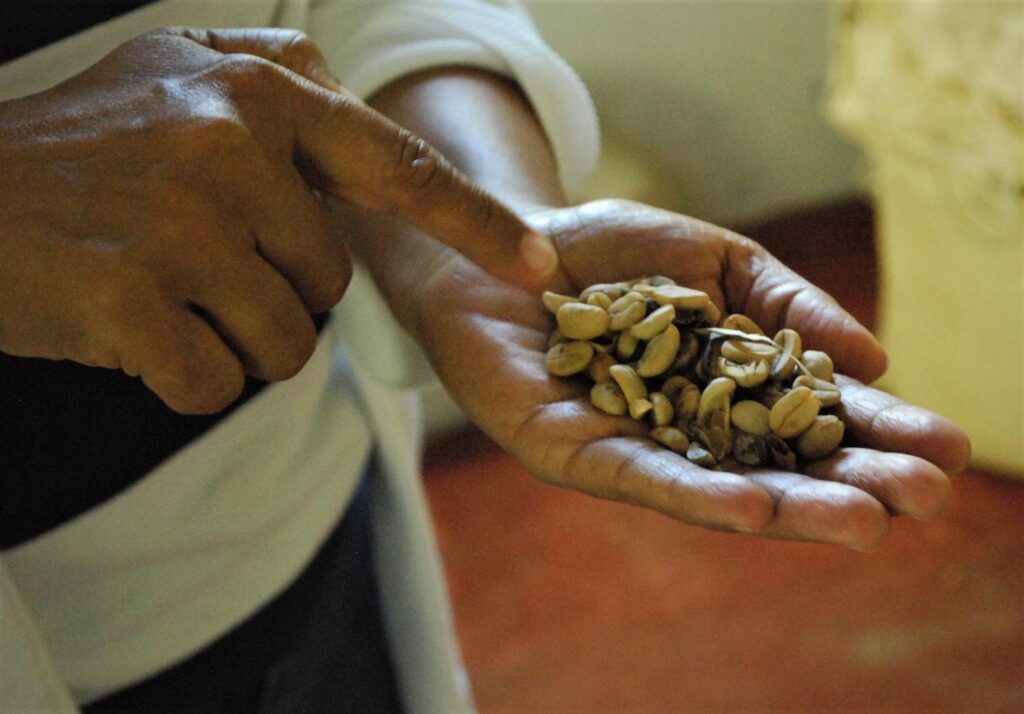
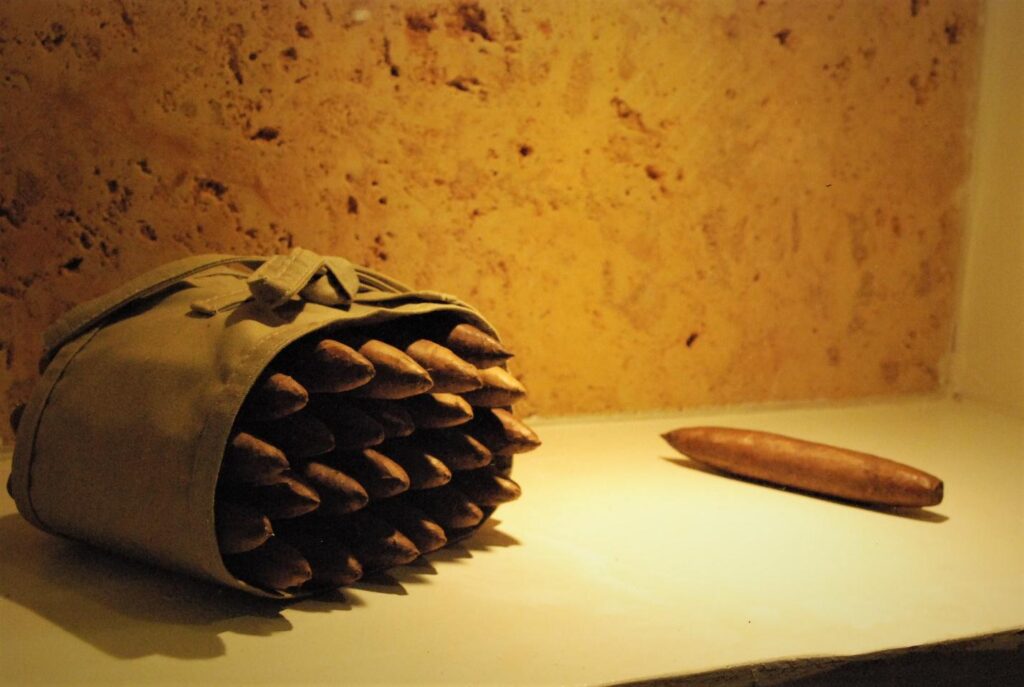
Santiago City & the La Aurora Cigar Factory
Santiago De Los Caballeros, the nation’s second-largest city, is one of the oldest settlements from Spain’s colonial new world empire. Significantly smaller, friendlier and more agriculturally focused than the capital Santo Domingo, life seems to move a little slower in this mountain valley city. The city is home to the Monument de Santiago, built in 1944 to commemorate the heroes of the Dominican Restoration War as well as a number of museums and parks. Santiago is the center of the islands large-scale tobacco and sugarcane production and processing industry which serve as two of the island’s main exports along with coffee, rum and precious metals.


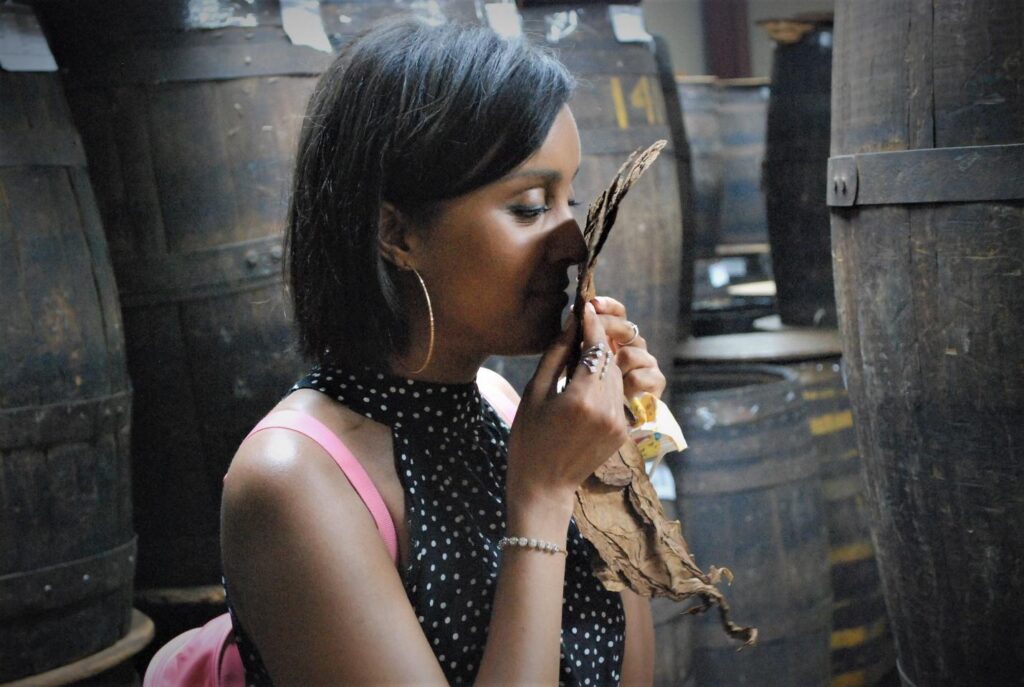
We arranged a tour of the La Aurora Cigar Factory just outside of downtown Santiago, the country’s oldest and ostensibly best cigar factory. I truly enjoyed the highly polished, professional and fun atmosphere of the factory. Established in 1903, this still family-owned factory produces world-class cigars and in my opinion world-class manufacturing tours. I have been fortunate in my life to have been on a number of industry tours for business- and work-related reasons as well as occasionally for pleasure. The tour at La Aurora was by far the most informative, entertaining and downright fun industry tour I have ever been on. Though our group was small, our bi-lingual guide Eugenio Polanco gave us the full show. Intermittently educational, hilarious and interactive Eugene — as he asked to be called — is a born showman and could easily have found his destiny as a game show host. He is the company tour guide, historian and chief ambassador to the world of cigars for La Aurora, and quite the memorable character.
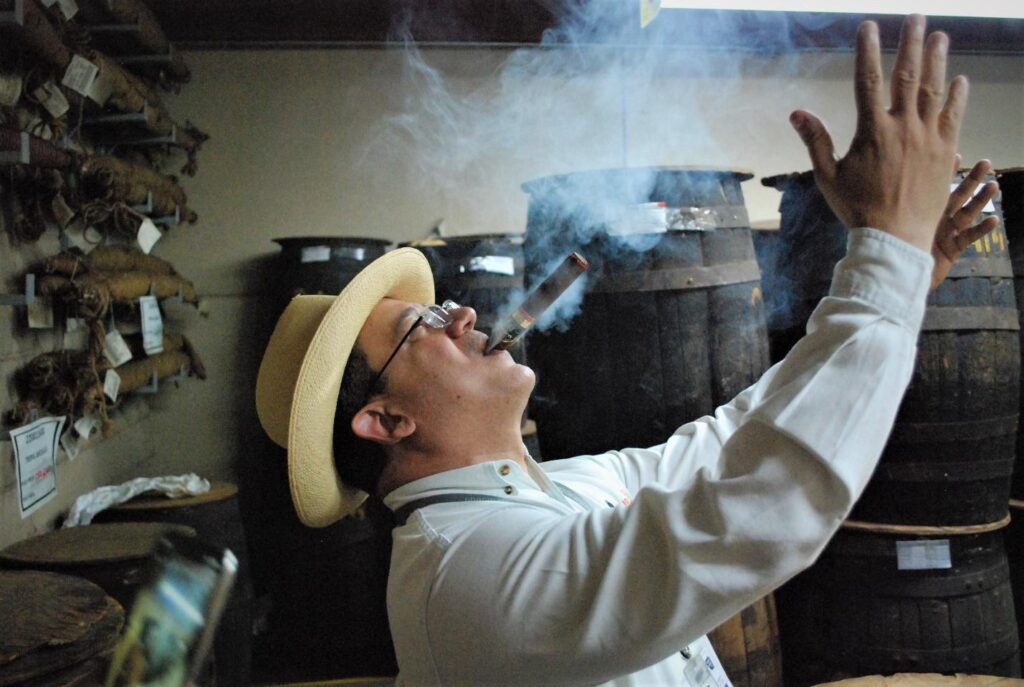
The factory tour is affiliated with the Cento León Museum and the tours are completely free of charge, although reservations are preferred. [Special thanks to Eugenio Polanco and Eduardo León] For more visit: La Aurora | Handcrafted in the Dominican Republic Since 1903
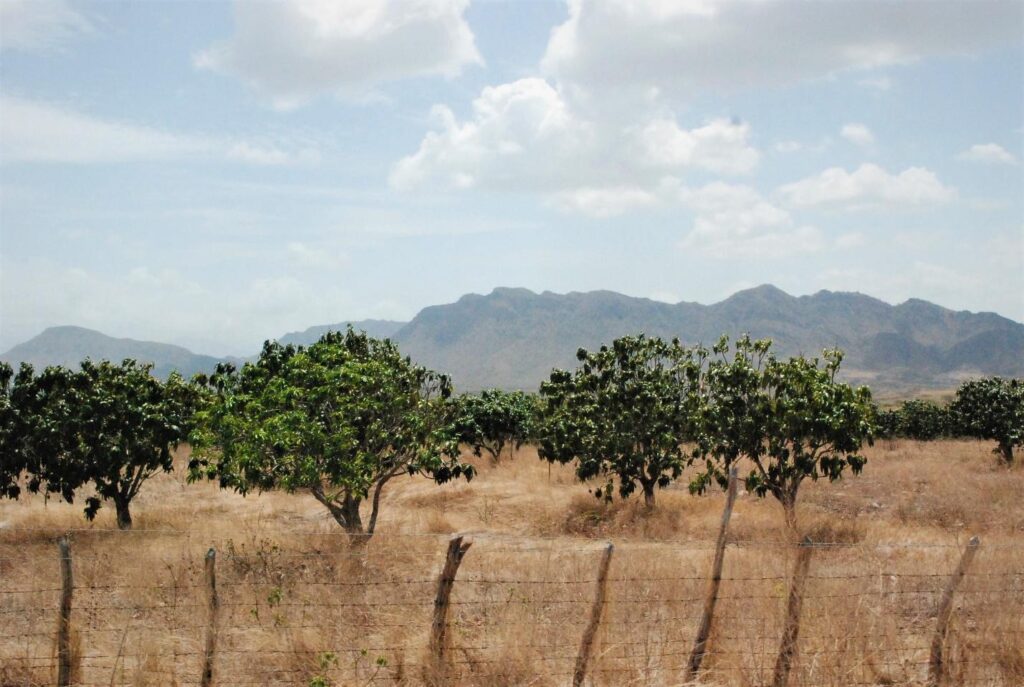
Part 4: The Desert to the Southwest
The southwestern peninsula rapidly changes from tropical island to arid desert as you drive west from Santo Domingo down the coast into the remote and far less developed section of the country. I barely scratched the surface of this vast area that is the polar opposite both geographically and culturally from the resort and tourist-focused areas to the East. We took a day trip to a private beach club just to the west of the town of Bani in Las Salinas which is located on the outer edge of the Peninsula de Pedernales. The Puntarena Casa Club is a recently built private beach club, bar and restaurant located in a very remote and nearly undeveloped seaside area.
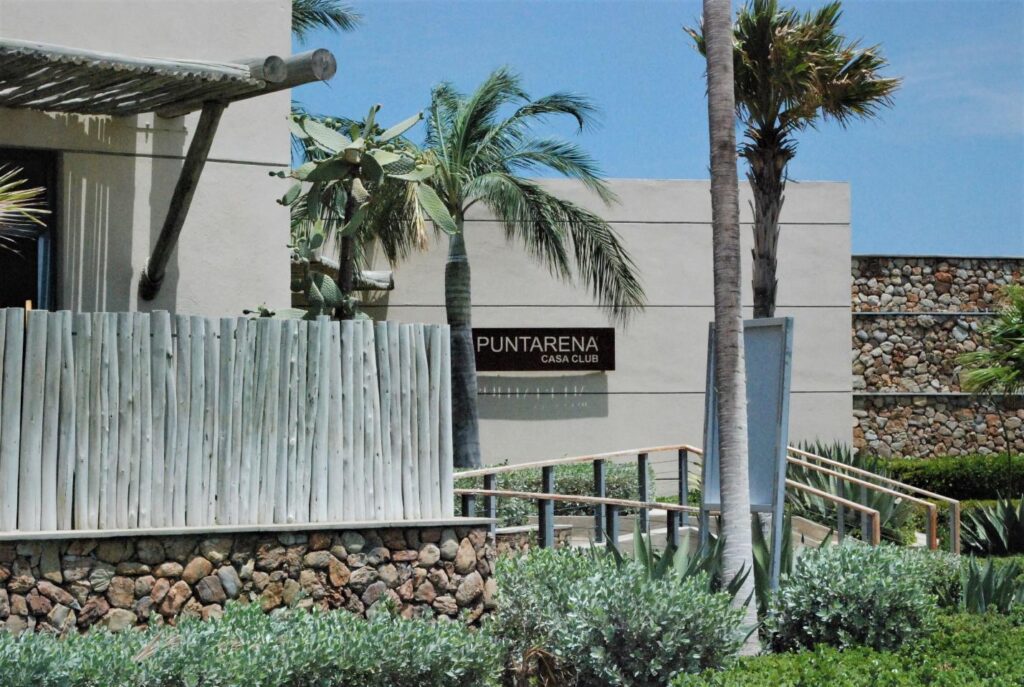
When approaching the club through the windswept coast surrounded by dry, cactus covered mountains you start to notice that there are some plans for the area in the works. Adjacent to a large mountain park, the natural bay area is dotted with small cranes and construction vehicles. Taking the unpaved roads winding through the hills down to the ocean, which look like they will be paved any day now, you pass through recently built guarded checkpoints, around a small cluster of new condos and an area slated for a new large hotel complex along miles and miles of un-used, picture perfect beachfront. The two-year-old Casa Club is little known outside of the area and the development plans for the overall complex had been delayed due to COVID-19 and lack of tourism.
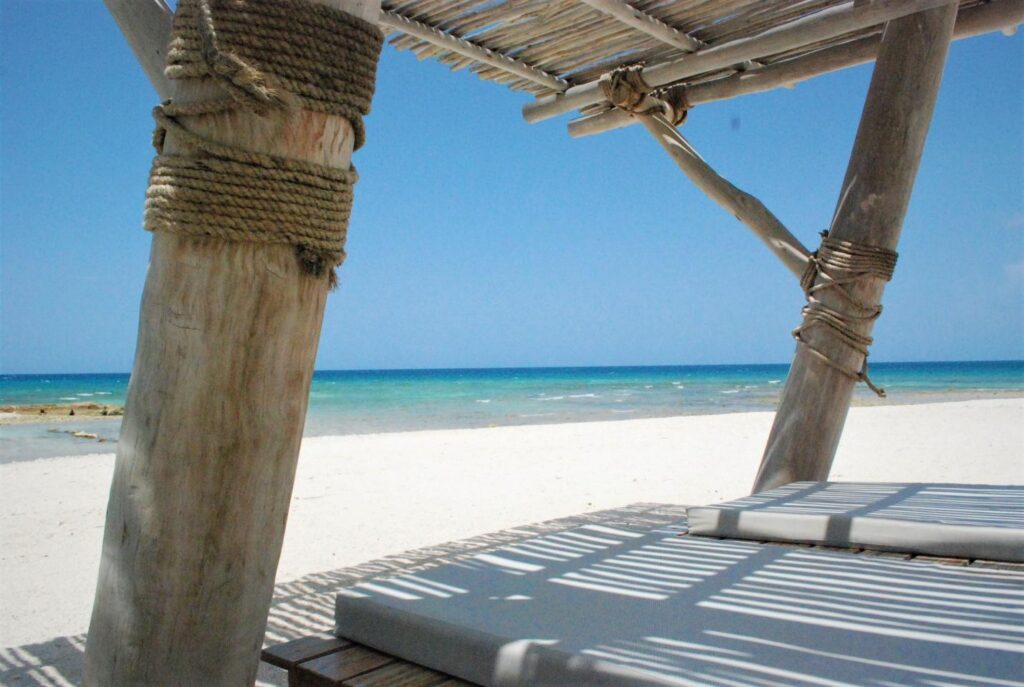
For thirty dollars US per person, you can access their private beachfront, hang out in the lounge, swim in the oceanside infinity pool or sunbath in a cabana for the day. They also offer, for an upcharge, boats and jet skis as well as kite surfing. The thirty-dollar entry fee not only grants you access to the boutique clubs’ amenities but also serves as a credit at the bar or restaurant for food and drink, meaning you are only charged for items or services that go beyond the initial thirty dollars. Trust me when I say, it is a very good deal, although the club closes promptly at 5 pm due to the national curfew. The armed security guards and staff ensure that your personal items are safe and undisturbed on your lounge chair while you enjoy the sun, surf and sights around the small but beautifully maintained campus. After a few hours, I noticed that I was the only foreign visitor, as far as I could tell, visiting the club the day I was there and the club itself, while equipped for over a hundred guests, only hosted about a dozen the entire day.

The coming development of this area of the country will likely offer more eco-tourist and adventure-seeking travelers a different experience than the rest of the island currently offers. To me, it was surprising that this region has been so overlooked and unnoticed by not only travelers, but the domestic population as well. You feel like you are in southern Spain along this endless stretch of coastline and there is little to no chance that your visit will be affected by rain. I would not be surprised that if in a few years-time this area becomes a new hotspot for young travelers looking for something more diverse in the Dominican Republic.

Part 5: Dining Dominican
Eating in the Dominican Republic is what I would describe as highly accessible, meaning there is nothing that I have seen or experienced that would be difficult or wildly adventurous for your average tourist or traveler. Dominican cuisine is very mildly flavored with a generally recognizable flavor profile to the North American palate. While some of the starch components might have unfamiliar names, there is nothing remotely unusual about the flavors and textures a tourist is likely to encounter. There is however a noticeable Chinese immigrant presence and Asian and Asian-inspired foods, such as Pica Pollo, that can be found throughout the country as well as every major US fast-food chain. I ate at a number of restaurants including Adrian Tropical in Santo Domingo, Tipico in Bonao, and Parador Corazón de Jesus in La Vega, but by far the very best food I experienced in the country was from small road-side stands and home-cooked meals, which I am resolutely told by everyone I meet is the standard for the best eating in the country.
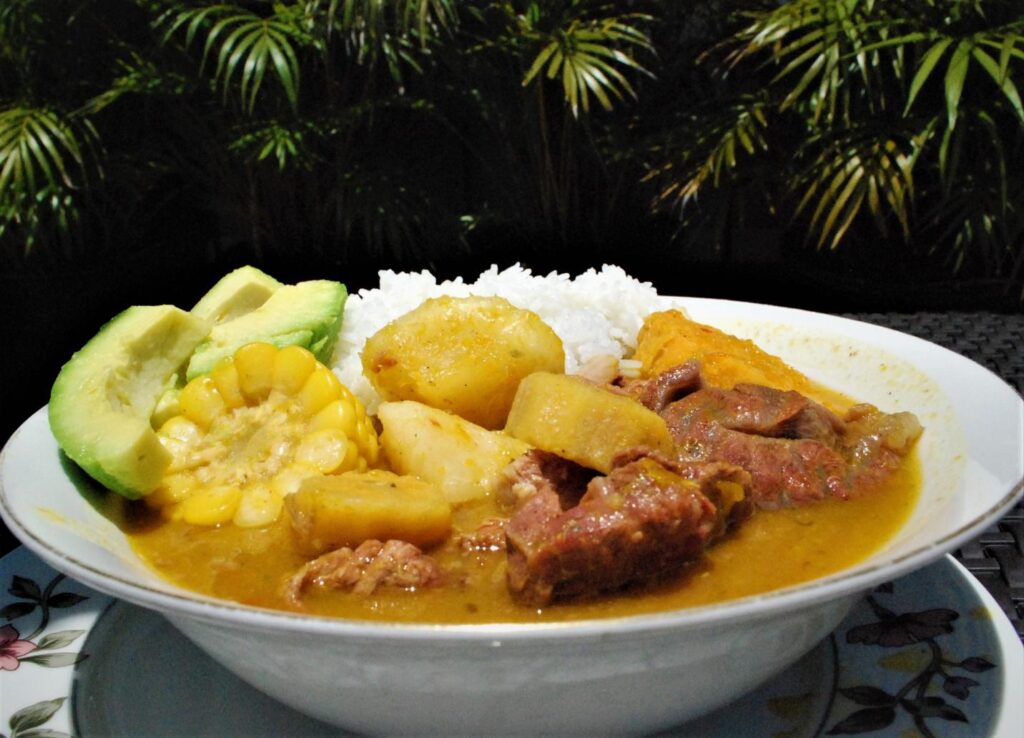
Home Cooking – Nelly’s Sancocho Recipe
Sancocho is a wildly popular, very personalized and completely ubiquitous dish in the Dominican Republic. While it can be found in restaurants, it is most often made at home and every family has their own version of the basic versatile stew. It is typically only made for special occasions and family gatherings but will also come together at impromptu events with friends on the fly. Thought to have its origins in the Spanish Canary Islands as a fish-based soup, Dominican versions almost always involve combinations of meat including pork, beef, chicken and various sausages along with several starch components. It invariably takes on a distinctive yellow-green coloring no matter the version due to the standard addition of Auyama pumpkin and chicken bouillon cubes.
I was kindly given an in-depth lesson on the basic preparation by Nelly, the beloved long-time housekeeper of my Dominican host family the Paulino’s. Allowances must be made in my rendition of this Sancocho as Nelly does not use exact measurements, speak English or have a written version of this recipe. Like so many truly great home cooks, Nelly makes this dish from memory and a lifetime of experience. Her Sancocho is fervently regarded as the best and it was a privilege that she shared it with me in such step-by-step detail. This recipe has two basic steps and is made in dual cooking pots, combined into one large pot at the very end. Step one is all about the proteins and step two focuses on the starches.
Serves 6-10
For step one you will need:
* 4lbs of bone-in beef shank (cut into very large chunks)
* 1lb Smoked Pork Ribs (chopped into 2-inch chunks)
* 3 Tbsp Adobo seasoning
* 1 Tbsp Black Pepper
* 1 Tbsp Dry Oregano
* 1 cube chicken bouillon
Fresh Sazon(1) vegetable base
* 2 Cups Auyama Pumpkin (seeds removed, skin removed, cut into large cubes)
* Salt to taste
(1)Sazon can be a store-bought or homemade mixture that includes fresh: Onion, celery, garlic, wide leaf Cilantro, cubanelle pepper, oregano, and optional water, bitter orange juice or vinegar.
Step 1: Toss the raw beef with the adobo, black pepper, oregano, chicken bouillon and Sazon coating the beef thoroughly. In a large heavy-bottomed pot bring roughly 1 inch of water to a boil with a pinch of salt. Add the seasoned beef and gently braise for 40min to one hour until the meat is tender. Then add in the smoked pork and Auyama pumpkin and continue to cook for an additional hour (while step 2 is in progress) on a low heat until the pumpkin is tender.
For step two you will need:
* 1lb Yuca (peeled and cut into chunks)
* 1lb Yautia Blanca (peeled and cut into chunks)
* 1lb Ñame (peeled and cut into chunks)
* 1lb Green Plantains (peeled and cut into chunks)
* 2 Ears Corn on the Cob (shucked and cut into 2-inch sections)
* 2 Chicken Bouillon Cubes
Step 2: In a separate large heavy-bottomed pot add in the prepared Yuca, Yautia, Ñame, Green Plantains, Corn and Bouillon Cubes and cover with water. Bring to a boil and simmer covered for about half an hour or until tender.
Finish: Combine the contents of the pot from step 1 with the contents of the pot from step 2 and gently simmer for 15 min until the flavors marry. Fine-tune the salt and pepper and serve with fresh steamed white rice, sliced Dominican avocado and garnish with fresh lime, bitter orange or hot sauce.
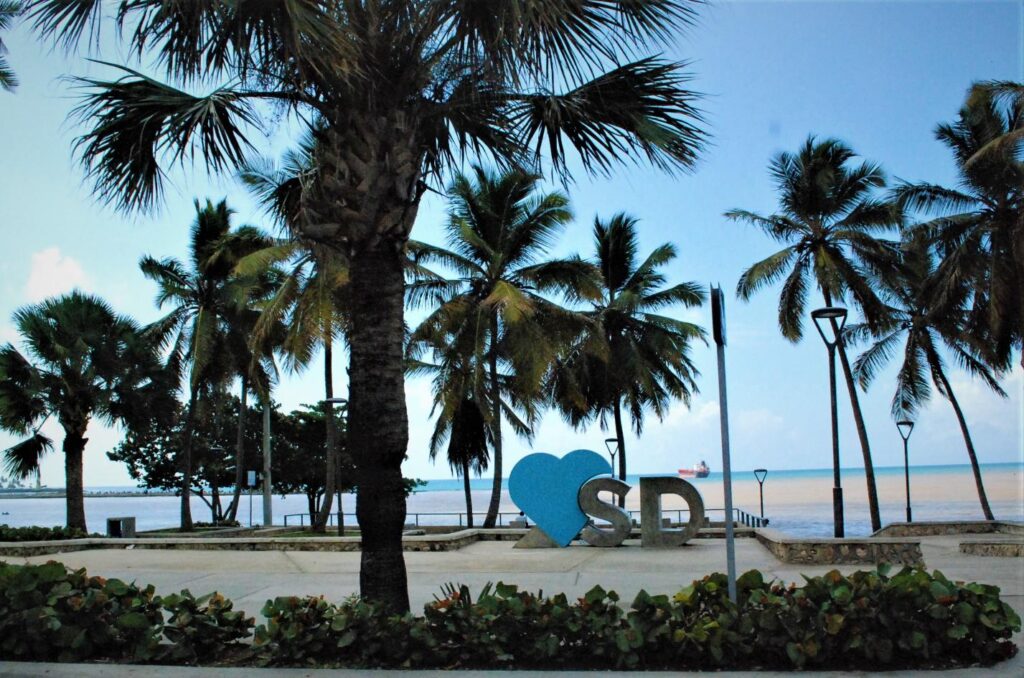
Part 6: Leaving Paradise – Is the world ready for travel?
Exiting the Dominican Republic itself was as smooth and enjoyable a departure as could be expected. My new extended family gathered in the morning to send us off and once at the airport we were again whisked past all the airport security lines via the private VIP lounge, passports and documents briefly inspected and then personally escorted to our outbound flight back to the US via Newark New Jersey. Upon arrival at the Newark airport, we were confronted with the bitter reality of real life and the overwhelmingly un-prepared airline industry. After navigating re-entry into the US, picking up our bags, re-checking them and going through a TSA re-screening process that took well over an hour we arrived at our designated gate to await our connecting flight back to Rochester. Ultimately about 20 minutes after we were scheduled to take-off, we were informed by United Airlines that the flight was delayed 14 hours overnight because the pilot had called in sick and they were unable to find a replacement.
This turn of events is not unprecedented by any means, but the customer service representative that arranged our hotel for the night, the hygienically unacceptable Wyndham Garden Newark, told me in some detail about how these situations are all too common for the unprepared and understaffed airline industry. According to the airline representative, the after-effects of COVID-19 and sudden increase in travelers recently has hobbled the already struggling industry with crippling labor shortages, financial cost-cutting, and increasing numbers of dissatisfied or inconvenienced customers. The industry on the whole is woefully unprepared for this sudden influx of domestic and international travelers and unable to re-staff in time to meet growing demand. As demand grows, she predicted, this situation will last for quite some time. But in her words; “What is the alternative? To live in a cave? We have to get back to our lives.”
The entire time I was in the Dominican Republic I only encountered other Americans on one occasion, at a local clinic for COVID testing so they too could leave the country and head back home. The trip was filled with pandemic-related delays, curfews, closed businesses and attractions, empty beaches and faces generally happy to see an American traveler back in their country. My conclusion is that the world is not ready for travel but, ready or not, slowly people are going to start to travel again. How many people and what their experiences are going to be like remains to be seen as popular destinations start to open and accept tourists again, vaccinated or not. The as-yet unknown consequences of open and unrestricted travel are also going to prove to be something of a wildcard as we move into a reality where travel is again an option. If you travel this summer, my advice is not to expect things to go smoothly or exactly as planned, which is a good thing, it allows for an experience to be more authentic and gives you a taste of local life at this historic moment in time as the world reopens.
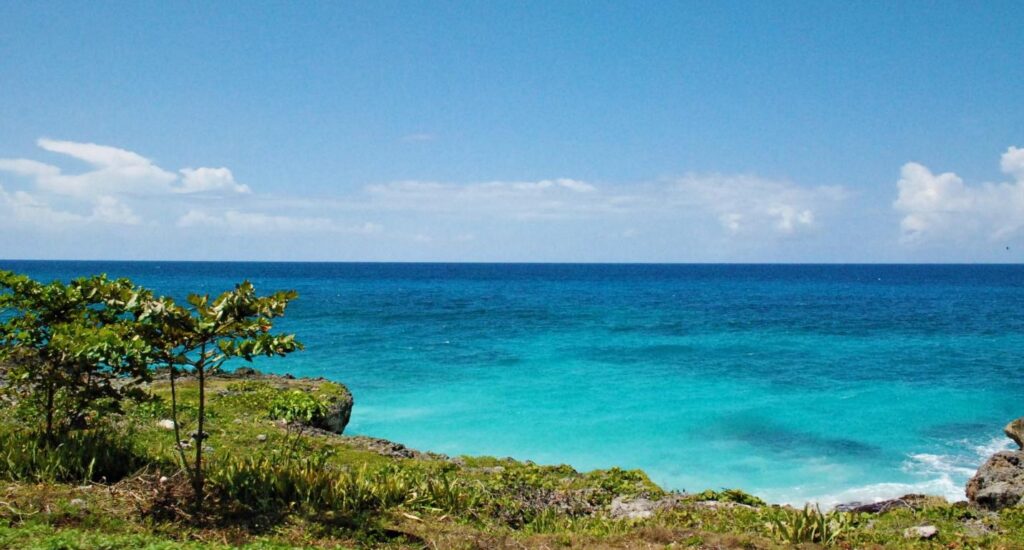

J. Nevadomski is the author of the long-running “Highlife for Lowlifes” series and is a food and culture contributor to All WNY News, CITYNews and other publications.
For more, visit: highlifeforlowlifes.com, instagram.com/jnevadomski, and facebook.com/highlifeforlowlifes.

